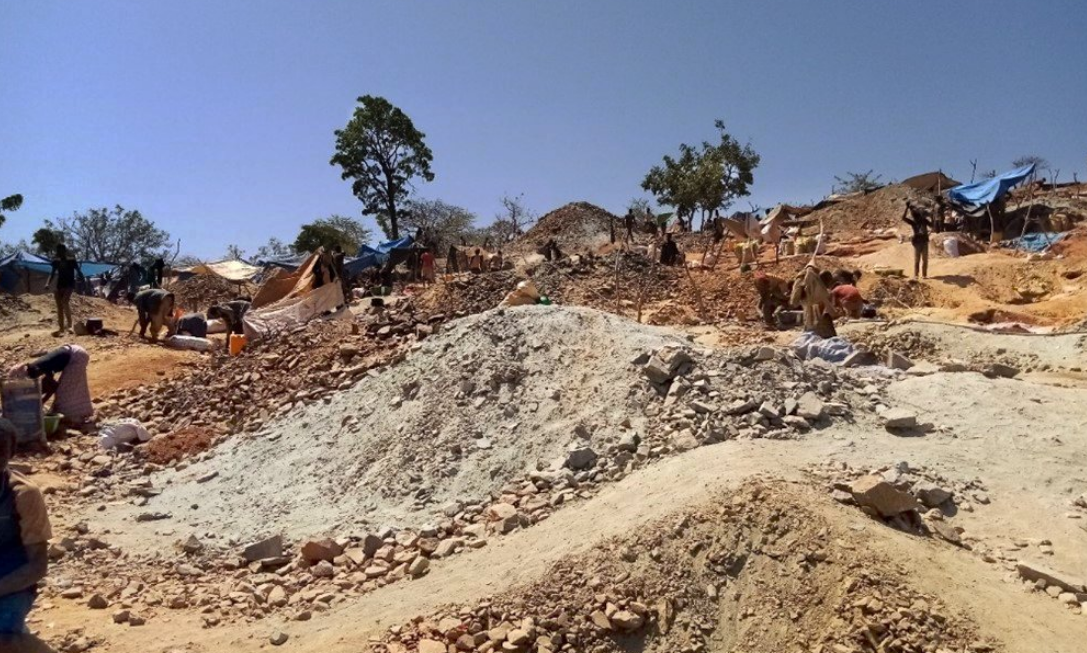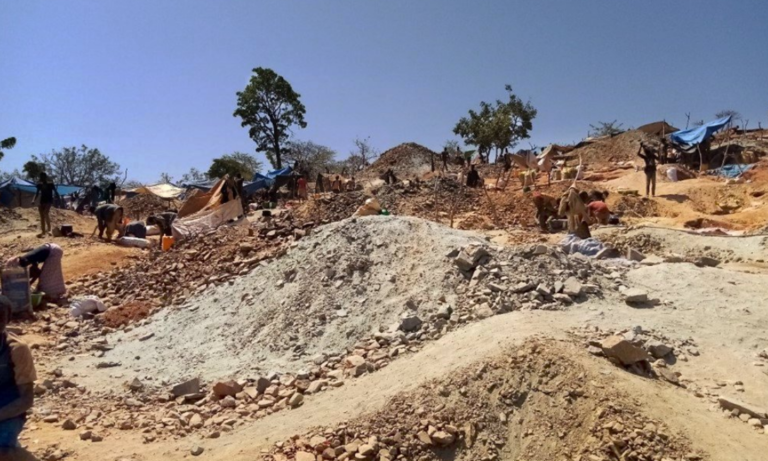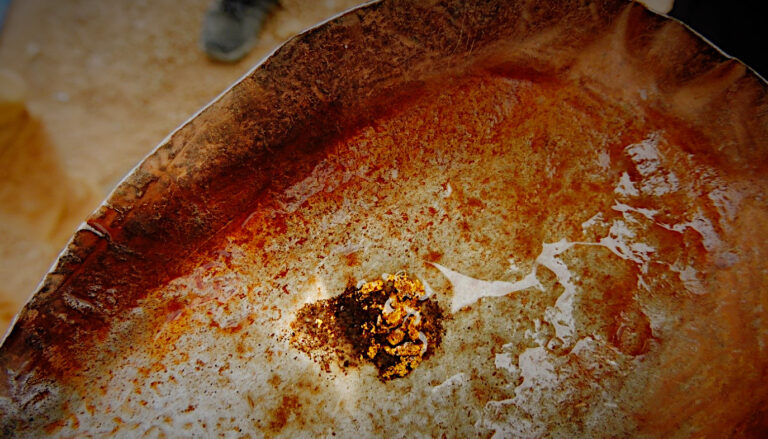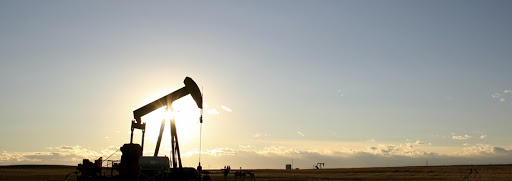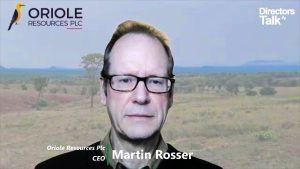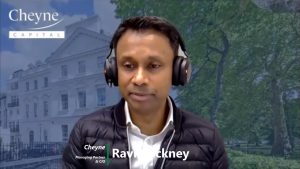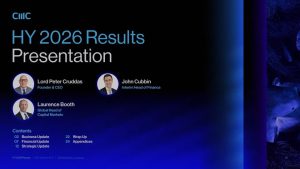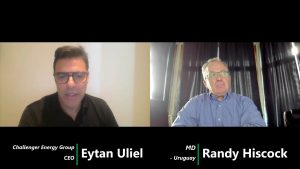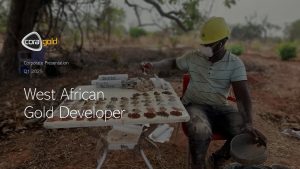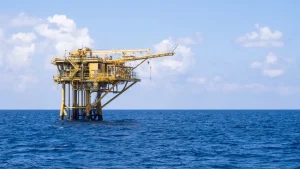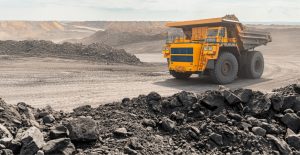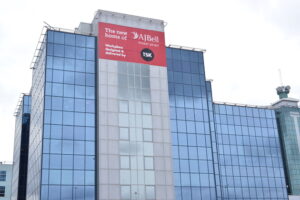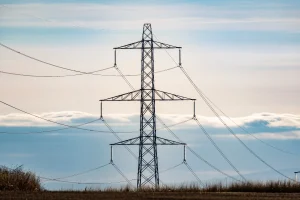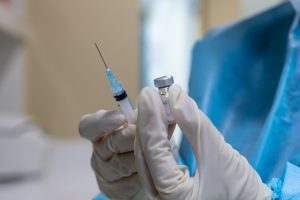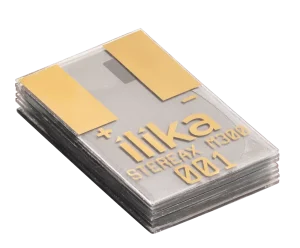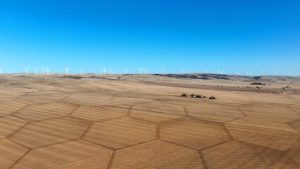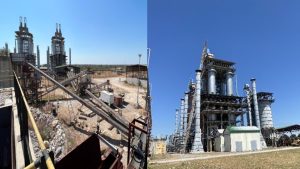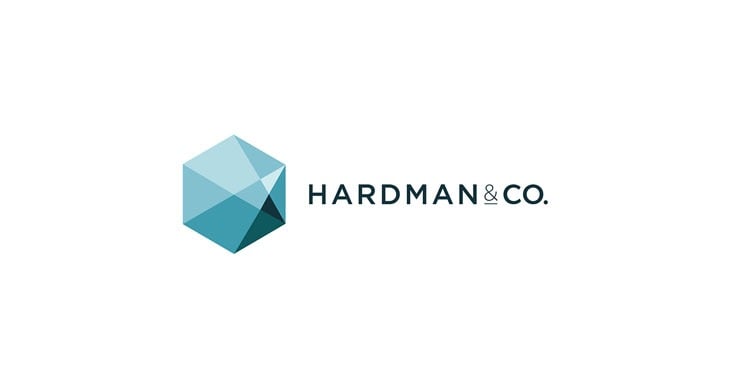Panthera Resources Plc (LON:PAT), the diversified gold exploration and development company with assets in West Africa and India, has today announced that the Reverse Circulation (RC) drill rig has arrived on site at the Labola (Wuo Land) Project in Burkina Faso and the planned 5,000m drilling programme has commenced.
Highlights
· 5000 metre RC drill programme commenced at Labola (Wuo Land)
· Drilling will primarily support a maiden resource estimate
· Several exploration targets will also be drill tested
· Assay results expected from quarter three of 2021
Further information on the planned work programme at Paimasa, inclusive of images, is available on the Company’s website or by following the link below:
Current Work Programme
Panthera’s associated company, Moydow Holdings Limited (“Moydow”) has designed the drill programme to support the preparation of a resource estimate in accordance with JORC or NI43-101 standards. The drilling will test a subset of previous drill results obtained by High River Gold Mines Limited (later acquired by Nord Gold SE) and Taurus Gold Limited during the period 2008-2012, which totalled 65,556m RAB/RC/DD drilling in 541 drillholes.
The drill programme will also examine the coarse gold component of the mineralisation via the accelerated cyanide leach technique “LeachWell”. The data generated from the LeachWell programme will complement Moydow’s assessment of whether historical historical assay results have potentially under reported the gold grades, although there can be no certainty that this has occurred. In addition to the resource estimate drilling, 2,600 metres of drilling will target new exploration targets at Labola.
Other ongoing work at Labola in support of a future mineral resource estimate includes:
· combining of all previous data into a single database;
· compiling and examining quality assurance and quality control (QaQc) data for the previous drilling and locating drillhole collars on the ground where possible;
· re-logging of drill core from several drill-holes, designed to establish controls on mineralisation;
· commissioning of up to date (February 2021) 0.3m resolution satellite imagery (Worldview 3) and production of a digital terrain model (DTM), 1m and 0.5m topographic contours, and rectified 0.3m resolution imagery; and
· identification and mapping of all artisanal workings and estimation of volumes of material moved.
The drill results from the planned work programme are anticipated from quarter three.
Technical Details
The Labola (Wuo Land) gold project is located in southern Burkina Faso, approximately 380km southwest of the capital city Ouagadougou. The area is located within the Banfora Greenstone Belt, comprised dominantly of Birimian aged metasediments with lesser metavolcanics and felsic intrusions. It contains numerous artisanal workings over at least 14,000m strike within the tenement area. These workings appear to be targeting high grade shoots within individual quartz veins that are located within an extensive zone of shearing, sheeted to stockwork quartz veining and silica-sulphide alteration.
Previous explorers have completed 65,556m RAB/RC/DD drilling in 541 drillholes. That work has outlined numerous extensive zones of gold mineralisation over the entire 9km of strike tested. This mineralisation has been wireframed by previous explorers. Mineral resources have been estimated by previous explorers within these wireframes, but they cannot be reported under JORC or NI43-101 guidelines at this stage, largely due to their historical nature. Some of the previous drilling is quite broad spaced and, although gold mineralisation has been intersected, additional drilling is required to firm up the mineralisation outlines.
Work by Panthera and Moydow has shown that excellent potential exists to convert the historical resource estimates to a maiden resource estimate by Moydow in accordance with JORC or NI43-101 guidelines. The drilling programme will confirm the historic database and support Moydow’s efforts to prepare a maiden resource estimate. The programme includes increasing drill density where required, drilling along strike and down dip of known mineralisation, drilling untested artisanal gold workings and their extensions, and drill testing geophysical anomalies, in particular combined IP chargeability and resistivity anomalies that appear to define mineralisation very well due to the sulphidic alteration and silicification associated with gold mineralisation.
The drill samples from the current drill programme will be analysed both using convention fire assay techniques as well as by the accelerated cyanide each technique “LeachWell” that uses a much larger sample (2-5kg) and hence minimises the statistical effects of coarse gold, which is known to be common in this area. Drilling for this purpose will focus on the two largest areas identified by previous explorers and will twin existing drill holes.
In addition to the confirmatory drilling, two areas with no previous drilling have been selected for drill testing designed to identify additional mineralisation. This drilling has been designed to test a 350 metre gap along strike in the previous drilling in the western zone and the northern continuation of previous drilling in the central zone. Both these areas have associated artisanal mining activity and IP chargeability and resistivity anomalies.


